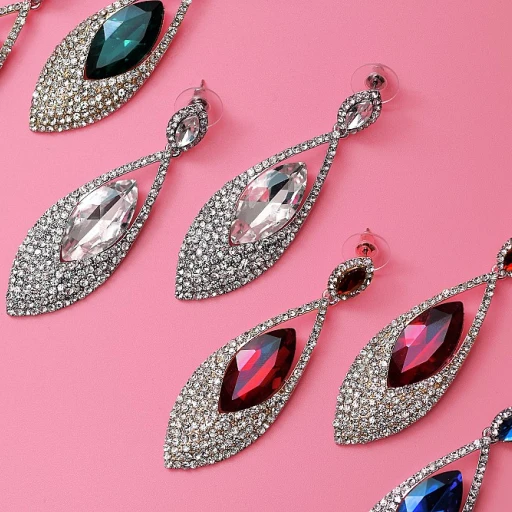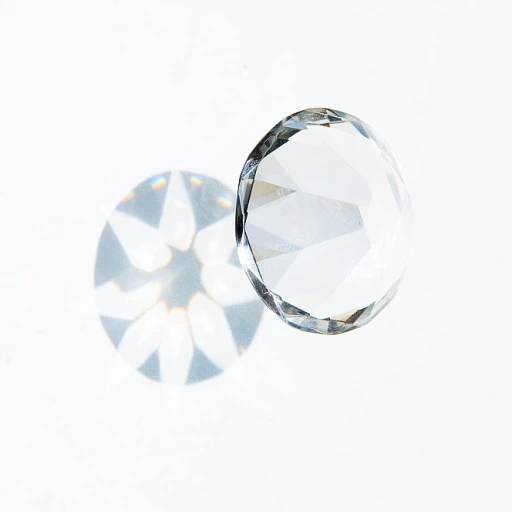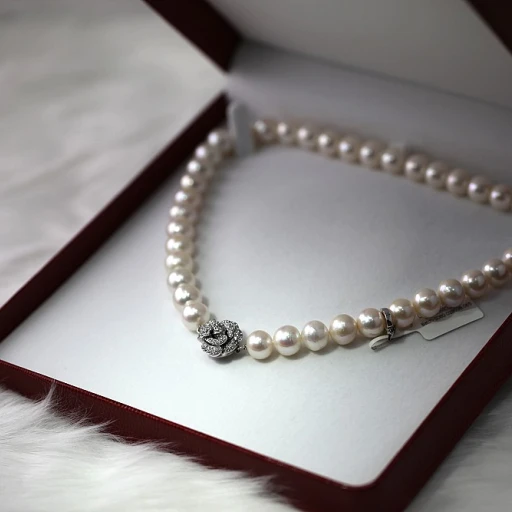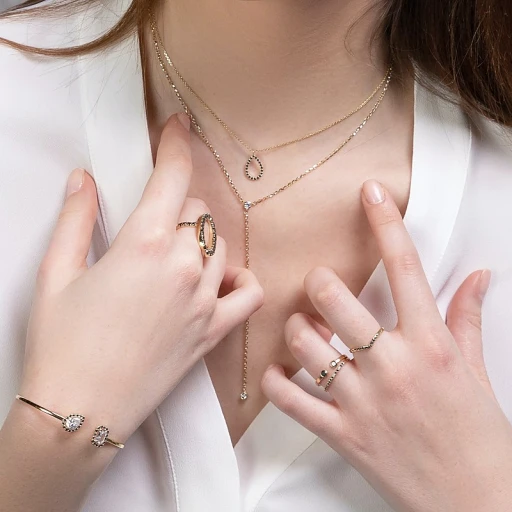The Rich History of Emerald and Sapphire
A Journey Through Time: Precious Stones in History
The captivating allure of emerald and sapphire rings can be traced back over centuries, captivating cultures and royalty with their vibrant hues and exquisite appearance. These stones have graced the crowns and jewels of monarchs, becoming symbols of power, wealth, and eternal love. The emerald, known for its lush green color, has historically been associated with fertility and rebirth. Its vivid green color was highly prized, especially in ancient Egypt, where it was linked to the earth goddess, Isis.
Sapphires, especially the striking blue sapphire, have been cherished for their intense color and legendary associations with wisdom and purity. In medieval times, they were believed to protect loved ones from envy and harm, making them a cherished choice for high-ranking individuals and nobility.
Throughout history, both emeralds and sapphires have played pivotal roles not only in jewelry but also in shaping cultural and artistic expressions. The famous Mogul emperors of India adorned themselves with emeralds, while ancient Greek and Roman organizations looked upon sapphires as a protective talisman. Their demand has only been ascended in modern times, where they continue to be a timeless choice for both engagement rings and fine jewelry collections.
In this elaborate journey of history, these precious gems illustrate not just aesthetic beauty, but cultural significance across the globe. As we explore the unique qualities of these stones, it's important to understand their historical roots to appreciate the craftsmanship and care involved in owning such symbols of elegance and permanence.
Understanding the Unique Qualities of Emeralds and Sapphires
{Treasures of Nature: Delving into the Unique Characteristics of Emeralds and Sapphires
The allure of emeralds and sapphires lies not only in their striking beauty but also in the unique qualities these stones possess. When selecting an engagement ring, the decision between an emerald or sapphire can be based on the distinctive features each one offers. Emeralds are celebrated for their captivating green hue, a testament to the presence of chromium and vanadium within the stone structure. The depth of this rich color can vary, offering everything from a light, almost mint green to a deep, verdant forest shade. Also renowned for their inclusions, often referred to as the "jardin" (French for garden), these natural features enhance their charm and individuality. In contrast, sapphires are prized for their unparalleled durability, second only to diamonds. While blue is the most recognized color of sapphire, the gem also exists in an array of vibrant hues including pink, yellow, and green. The beauty of the blue sapphire, in particular, boasts depth and complexity, making it a favorite for sapphire rings crafted for special occasions like weddings or anniversaries. When considering cut, the emerald cut is typically associated with emeralds, highlighting their inherent beauty by accentuating their elongated, rectangular facets. This cut requires meticulous craftsmanship to maintain the stone's clarity and color depth. In terms of setting, options range from the classic three stone setting often used with emeralds to emphasize their color, to a simple sapphire engagement design that showcases the player's pure color and brilliance against a contrasting metal like white gold or yellow gold. Whether you're admiring a stunning emerald piece or the regal charm of a cut blue sapphire ring, understanding these distinctive qualities can guide you toward a selection that resonates with your personal style and symbolizes lasting love. For further insights into emeralds, consider exploring the untapped empire of emeralds, where their historic relevance and dominance in fine jewelry are revealed.}Craftsmanship Behind the Perfect Ring
Crafting Excellence in Every Ring
The craftsmanship that goes into creating a stunning emerald or sapphire ring is a testament to human ingenuity and artistry. At the heart of this process, skilled artisans blend traditional techniques with modern technology to bring out the unique allure of each stone.
One key factor in the craftsmanship of these rings is the quality and precision involved in cutting the stones. Whether it's a classic emerald cut that highlights the vibrant green tones, or a cut blue that enhances the deep allure of a blue sapphire, each decision transforms the raw gemstones into captivating focal points.
To complement the stones, jewelers often use a variety of metals. White gold and yellow gold are popular choices, offering a timeless elegance that frames the gemstones beautifully. More recent trends have also seen the rise in the use of rose gold, providing a romantic and unique touch to engagement rings.
Moreover, the choice between natural and lab grown options has become an important consideration. While genuine stones offer the allure of natural rarity and beauty, lab grown alternatives provide an ethical and often more affordable option without compromising on visual appeal.
The craftsmanship process extends beyond just the stones and metals. Many rings incorporate additional elements such as diamonds, a blue topaz, or even a pink sapphire to create intricate designs, like a three stone arrangement, which adds complexity and grandeur to each piece.
Ultimately, the creation of an emerald or sapphire ring is not merely about assembling stones and metals. It’s about developing a piece of jewelry that is not only a feast for the eyes but also an embodiment of personal taste and style—a true reflection of one's love and commitment in the form of an exquisite engagement ring.
Choosing the Right Emerald and Sapphire Ring for You
Selecting an Ideal Combination for Personal Taste
When it comes to choosing the perfect emerald and sapphire ring, the options are as diverse as they are enchanting. The allure of emeralds and sapphires lies in their lush green and captivating blue hues, each offering a unique statement on its own or combined with other precious stones like diamonds. Here are some key factors to consider when making your selection:- Color and Quality: The depth and richness of color can greatly influence the overall appeal of your ring. Emeralds are renowned for their green shades, while sapphires are celebrated for their deep blue hues. However, sapphires also come in a spectrum of colors including pink and yellow. Viewing genuine stones with natural lighting can help you understand their true quality.
- Cut and Design: The cut of the stone is crucial in enhancing its natural beauty. Whether you prefer emerald cut or a classic round cut, the precision of the cut will determine how light interacts with the stone. A three stone setting featuring sapphires and diamonds in white or yellow gold can lend extraordinary elegance to engagement rings.
- Choosing the Metal: Consider the metal that complements your stone. White gold often enhances blue sapphire's brilliance, while yellow gold can add a touch of warmth to emerald rings. Rose gold is another exquisite option, particularly when paired with pink sapphires.
- Stone Source: While traditional mined stones have their allure, lab grown varieties offer a sustainable and often more affordable alternative without sacrificing quality. For instance, Montana sapphires and lab-grown emeralds provide options that balance beauty and eco-consciousness.
- Price and Value: The price of these gemstones can vary widely based on size, cut, and quality. It's important to assess the long-term value, especially if considering the ring as an investment.
- Personal Preferences: Ultimately, your personal taste should guide your selection. Whether you're drawn to a sapphire engagement ring, a vibrant blue topaz, or a classic diamond ring with emerald accents, your choice should resonate with your individual style and the sentiment you wish to convey.
Caring for Your Emerald and Sapphire Ring
Preserving the Luster of Your Treasured Pieces
To preserve the charm and vibrant colors of your emerald and sapphire rings, a mindful and diligent approach to care is paramount. These gemstones, with their distinctive hues and historical gravitas, demand specific attention, ensuring your jewelry remains as breathtaking as the day it was crafted.- Regular Cleaning: Both emerald and sapphire rings benefit greatly from gentle cleaning. For most rings, including sapphire diamond and sapphire engagement rings, utilizing lukewarm soapy water and a soft bristle brush can remove everyday dirt and grime. Pay attention to the settings and band, whether they are gold or white gold, as debris can often build up in hard-to-reach areas.
- Avoid Harsh Chemicals: While they may be tempting for their convenience, harsh chemicals and ultrasonic cleaners should be avoided, especially for emeralds. They can cause damage to these sumptuous stones and diminish their natural beauty.
- Proper Storage: Proper storage is crucial for maintaining the integrity of your gemstone rings. Store them individually in soft fabric pouches or lined boxes to prevent scratches from other jewelry pieces such as those adorned with diamonds or blue topaz.
- Regular Inspection: Regular inspections by a professional jeweler ensure that the settings holding your genuine sapphire or emerald stones remain secure. They can also provide further insights on maintaining the lab-created or Montana sapphire features of your ring.
- Wearing Tips: Be mindful when wearing your rings. Activities that involve exposure to potential knocks or harsh substances, like cleaning or vigorous sports, should be avoided while wearing these precious adornments.
The Investment Value of Emerald and Sapphire Rings
Understanding the Long-Term Potential
Investing in emerald and sapphire rings is not just about acquiring a stunning piece of jewelry; it also involves appreciating their long-term potential. Over the years, these gems have maintained stable value, often increasing due to their rarity and unique qualities. When particularly fine emeralds or sapphires are set in high-quality metals such as white gold or yellow gold, their value tends to appreciate significantly.
While some might view diamonds as the traditional choice for investment in the engagement ring arena, sapphires and emeralds offer a unique alternative. A blue sapphire engagement ring, for example, provides an exquisite distinction. Especially sought-after are lab-grown or genuine stones, which provide ethical buying options while still ensuring quality and beauty.
Desirability and Market Trends
The market trends have shown a growing appreciation for colored stones, particularly in the engagement rings sector. Stunning examples such as a cut blue sapphire or an emerald cut ring are increasingly seen as a symbol of love and status. Furthermore, the historical significance and vibrant colors of these gemstones make them enduringly popular as both fashion and legacy pieces.
Montana sapphires and pink sapphires are also gaining popularity, offering consumers more diversity and choice. A unique setting, like rose gold or three-stone arrangements, further elevates the appeal of these rings. The investment potential is supported by ongoing market demand and the cultural shift toward colored gemstone engagement rings over traditional diamonds.
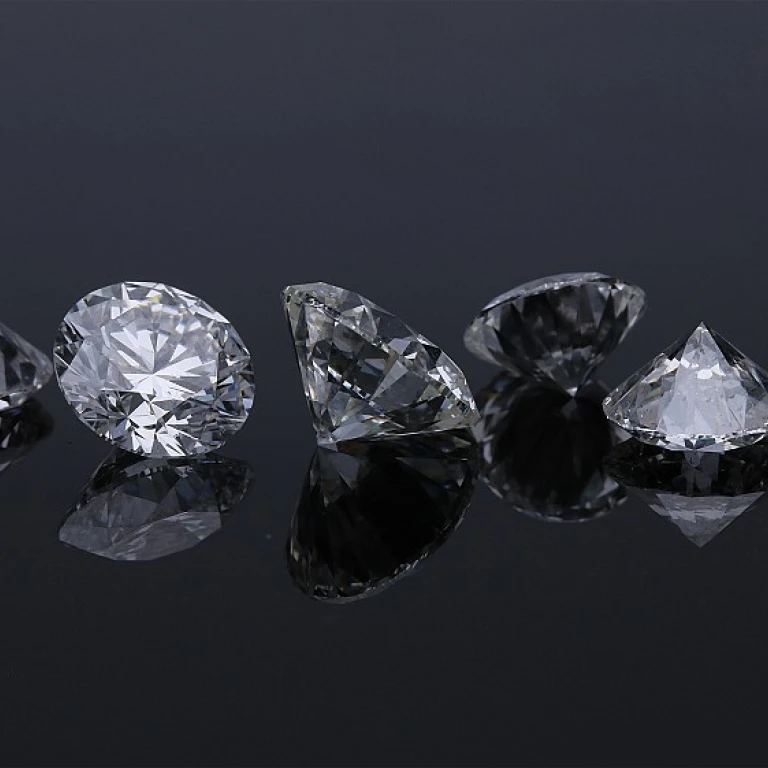
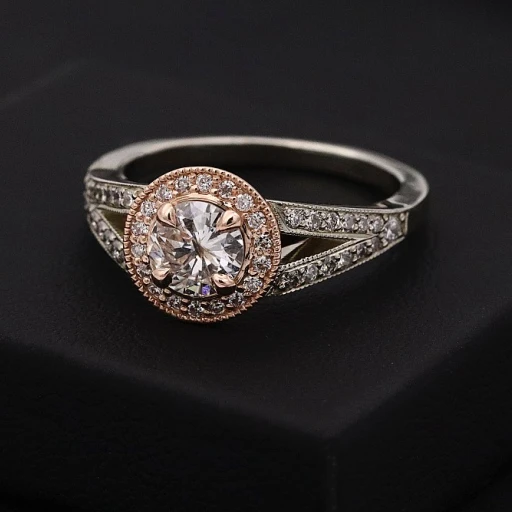
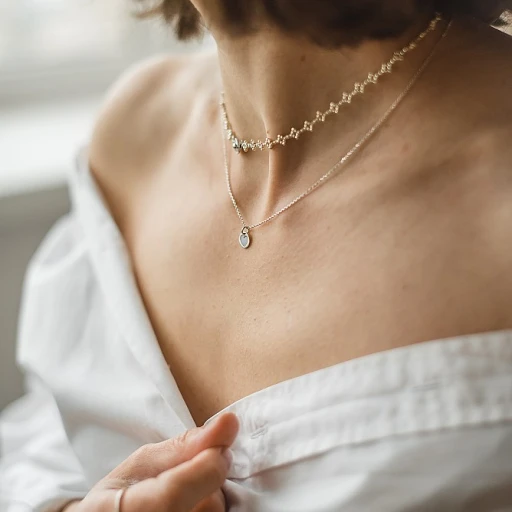
-large-teaser.webp)
